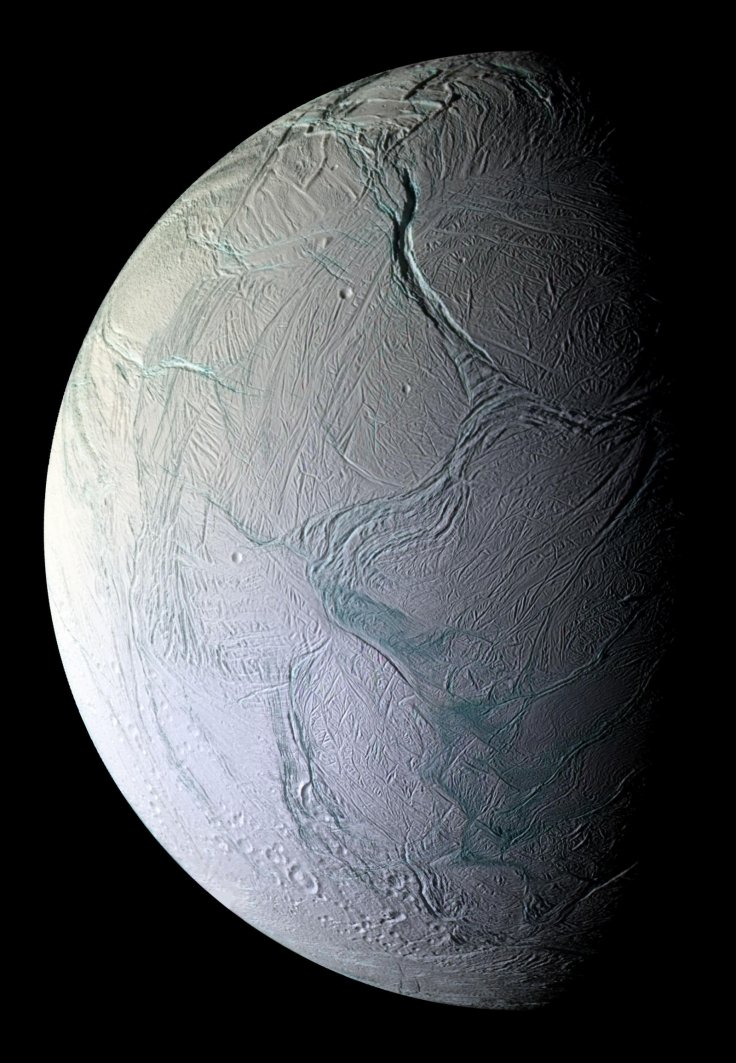It was long back in 1981 that scientists initially started studying about Saturn's moon Enceladus when Voyager 2 probe passed through the system. Mysteries surrounding Enceladus deepened again in 2004 when the Cassini probe discovered four parallel linear fissures around the south polar region of the moon, and it literally resembled tiger stripes.
What caused these tiger stripes in Enceladus?
Interestingly, these tiger stripes stand out from the rest of Enceladus' surface, and scientists have been trying to figure out the reason behind the formation of these stripes since its discovery. And now, a new study conducted by a team of researchers at Carnegie Institute of Science has revealed the physics governing these fissures.
The study report published in the journal Nature Astronomy revealed that scientists used geophysical models of Enceladus to investigate the physical forces that helped the formation of these tiger stripes and the way in which it remains over time. These models suggested that the fissures that make up the stripes could have formed at both the poles, but it may have formed in the south pole first.

Researchers, in their study report, noted that the reason behind the existence of these stripes in Enceladus could be due to its interaction with Saturn, and its eccentric orbit. The eccentricity of Enceladus' orbit causes stretch and flex, which results in internal heating and geothermal activity. This phenomenon allows this moon to maintain an interior ocean at its core-mantle boundary.
This gravitationally induced deformation is felt most in the poles of Enceladus, and it results in thinner ice sheets there, which will finally result in the formation of unique tiger stripes.
"Since it is thanks to these fissures that we have been able to sample and study Enceladus' subsurface ocean, which is beloved by astrobiologists, we thought it was important to understand the forces that formed and sustained them. Our modelling of the physical effects experienced by the moon's icy shell points to a potentially unique sequence of events and processes that could allow for these distinctive stripes to exist," said Doug Hemingway, lead author of the study in a recent statement.
Enceladus: A potential candidate to discover alien life
As the search for extraterrestrial life continues, several space experts believe that Enceladus is one of the most probable space bodies where alien life can be discovered.
A few months back, scientists were literally shocked to see large organic molecules blasted into space on Saturn's moon Enceladus icy surface, and scientists speculate that this could be an indication of alien life, at least in microbial form living there.









